
Tea tree oil for athlete’s foot
If you have athlete’s foot, soak your feet in a pan or basin of water with 20 drops tea tree oil. Not only does the tea tree oil fight fungus, but it also helps soothe itching.
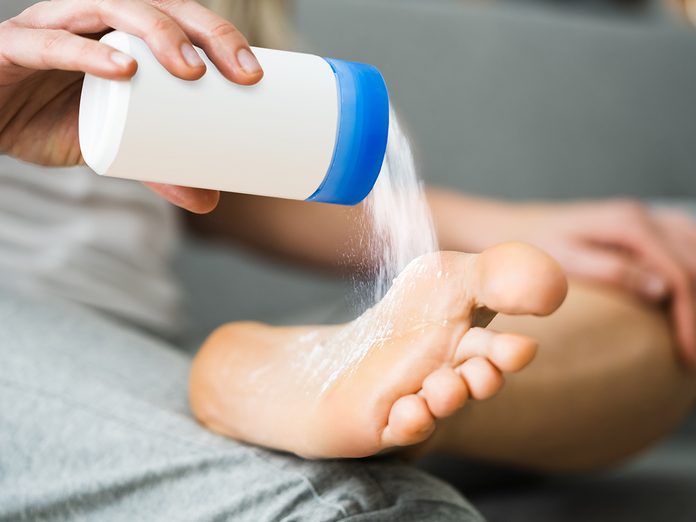
Apply medicated powder or cornstarch
After cleaning and drying the area thoroughly, sprinkle with either a medicated powder or cornstarch, then sprinkle your socks and shoes with the powder too. The powder or cornstarch helps absorb moisture-a fungal infection’s best friend.
Check out these other clever cornstarch uses beyond the kitchen.
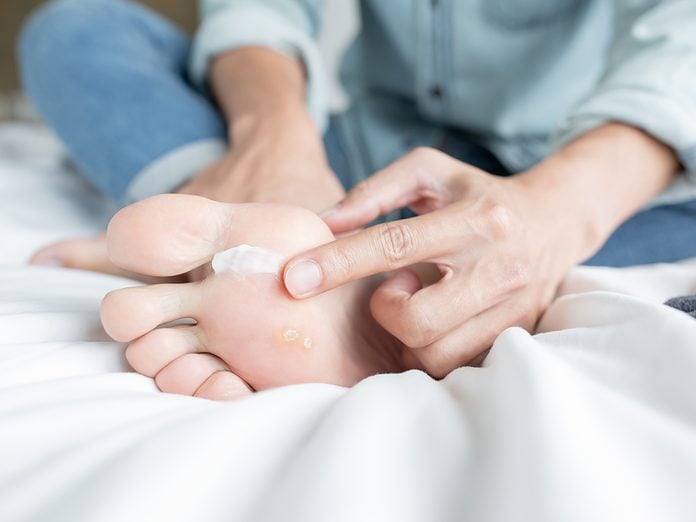
Apply Lotrimin Ultra cream
Apply Lotrimin Ultra cream to the affected area and about an inch (2.5 centimetres) around it. Lotrimin (sold over the counter) is an anti-fungal cream that usually clears up mild cases within a week or so; a more difficult or chronic infection might take up to 2 weeks to improve. Continue using the cream for a week after the infection clears to prevent a recurrence.
Here are some of our all-time best natural remedies.

Brew up an antifungal “tea”
Put 1 to 2 tablespoons (15 to 30 grams) of lavender, thyme or eucalyptus in a cup, cover with 8 ounces (200 millilitres) of boiling water and steep. Strain and cool. Wash the foot with tea tree soap, then soak a cotton cloth in the “tea” and apply twice daily.
Check out these health benefits of green tea you haven’t heard before.
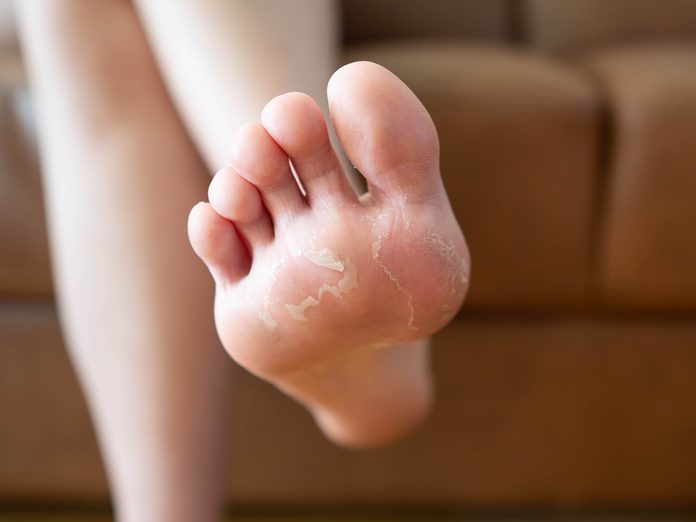
Apply Benadryl
Apply Benadryl cream or hydrocortisone cream (only for up to a week before seeing a doctor). The Benadryl or hydrocortisone cream won’t kill the fungus, but it will give you relief from the annoying itching.
These are the best foods to prevent ulcers.
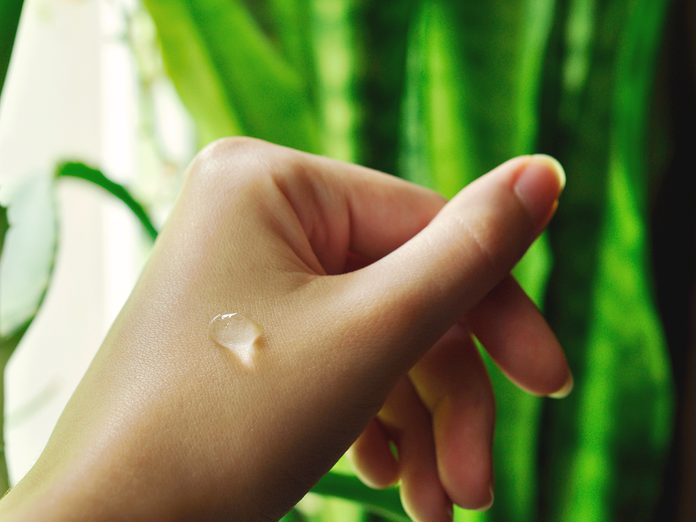
Apply an antibacterial salve
Add 10 drops lavender oil, 10 drops tea tree oil and a bit of aloe vera gel to an ounce (25 milligrams) of calendula salve and rub in. These oils have antifungal and antibacterial properties and are very helpful if your feet are cracked.
We compare antibacterial soap vs. regular soap—here’s what you should be using.
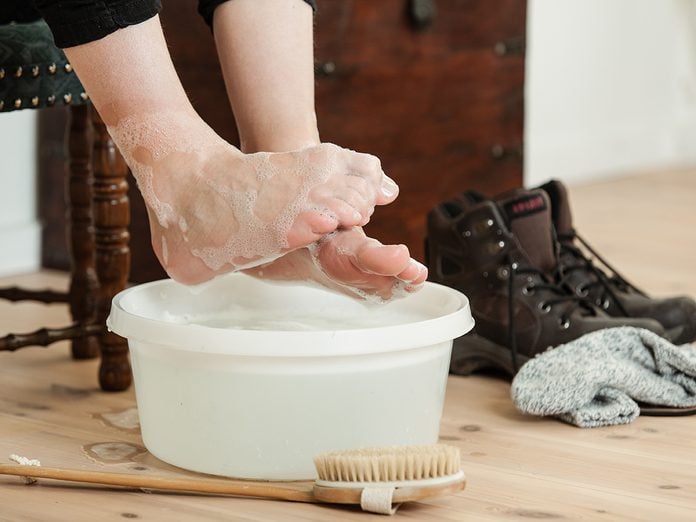
Soak your feet in Burow’s solution
If you have a blistering rash on your foot, soak your feet in this solution (sold under several brand names, including Domeboro) twice a day before applying antifungal creams. This is an over-the-counter drug solution, so no need to see a doctor before giving it a try.
If you’re experiencing foot problems, you’ll want to read these foot health facts.
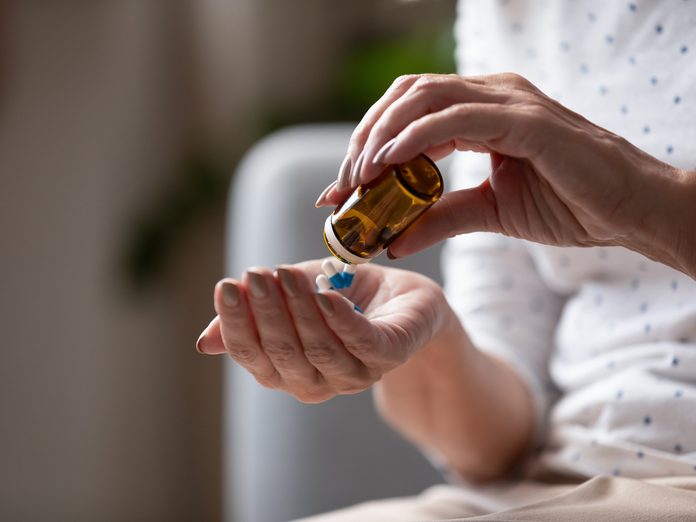
Get a prescription for Nizoral
Nizoral (ketoconazole) is an antibiotic you’ll need to get a prescription for. This antifungal is also effective against some bacterial infections.
Here’s how cutting your nails wrong could lead to infection.

Take oral antifungals
These drugs, such as Lamisil (terbinafine), are prescribed if the infection has spread to your nails. They take weeks to begin working and they have side effects.
Discover these highly effective home remedies for blackheads.
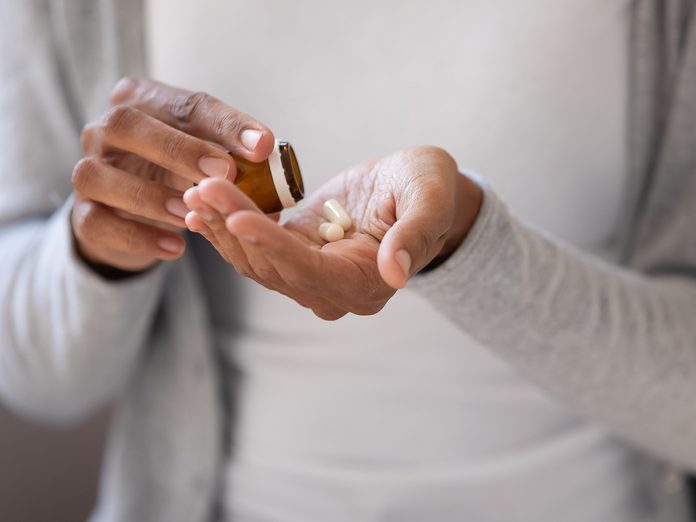
Take Lortisone
Lortisone (clotrimazole/betamethasone) is a combination drug, available by prescription. Lortisone and others like it combine an antifungal with a steroid.
Here are the prescription drugs and supplements you should never mix.
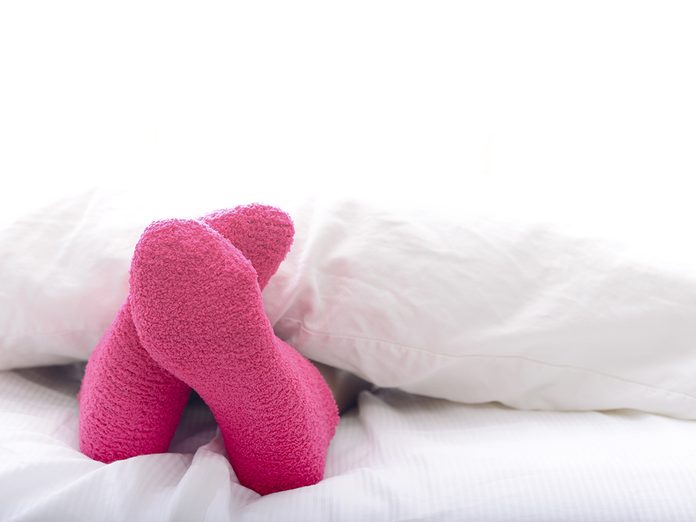
Take preventative measures against athlete’s foot
Prevent further infection by keeping an eye on your foot hygiene. Wear loose-fitting cotton socks and change them if they become wet. Wear flip-flops in public showers and locker rooms.
Next, check the home remedies to soothe foot pain.